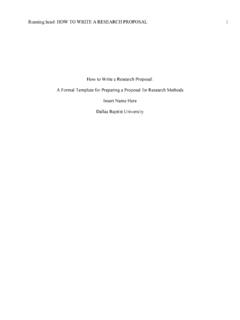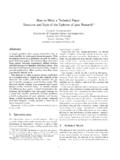Transcription of UNIVERISTY OF LUSAKA - University of Lusaka
1 UNIVERISTY OF LUSAKA UNILUS: SCHOOL OF POSTGRADUATE STUDIES Page 1 research proposal format 1. introduction background The statement of the problem The objectives of the study research question(s), Hypotheses or Assumptions Rationale Limitations and Delimitations of the study Scope of the study Definitions of key terms, and concepts 2. INTERIM LITERATURE REVIEW Identify literature reviewed and show gaps existing justifying you conducting the current research from prior research Related research Existing theories you intend to use.
2 Theoretical Framework Conceptual framework 3. PROPOSED METHODOLOGY research design Sampling techniques (population, sample and sampling procedure) Data collection techniques Method of Analysis Issues of reliability and validity Data analysis and interpretation Ethical considerations o Confidentiality o Anonymity o Informed consent Pilot study 4. WORK PLAN UNIVERISTY OF LUSAKA UNILUS: SCHOOL OF POSTGRADUATE STUDIES Page 2 1. REFERENCE LIST Note: Please ensure that the writing is one and half-spacing font 12 in Roman 1.
3 Title of Topic of the research proposal : Have a clear and precise title. Avoid long and winded titles that are long and ambiguous. Your title should be punchy! 2. introduction to the Study: This is a brief description of what the research proposal is about. It should not be confused with the background of the study. 3. background to the Study: The choice of a specific subject for research begins in its wider context, comprising a variety of issues. This background (or context) helps to understand the specific problems addressed by the researcher.
4 The various elements considered at this stage should be related among them to show how they lead to the problem that is going to be isolated and treated by the researcher. 4. Statement of the problem: Against the above background the research isolates the problem that he/she finds to be particularly crucial and needs to be looked into. Isolating the problem entails stating it in clear and specific terms, as much as possible at this initial stage. This delimitation helps the researcher to manage and deal with it effectively.
5 Stating the problem of study could be said to involve stating how things are and how they should be . Or simply, the situation is this or that and yet it ought to be like this or that. 5. Scope of Study (time /space or geography or disciplinary): the scope of the study refers to the boundaries or limits within which the study needs to be kept. The reasons for such limits may be geographical, historical, ideological, person or any other. The researcher focuses on the precise issue he/she intends to consider. This helps the researcher to focus and exhaustive.
6 6. Definition of Key Terms: In most cases, there are main terms related to the study that require to be specified or clarified in order to provide a correct understanding of the study on the part of the reader. These terms need to be defined precisely and concisely and should not be necessarily a dictionary definitions but a researcher s definition; the way he or she understands it. 7. Purpose/Aim/Objective of the Study: In the traditions of Kampala University , the three terms are held as synonyms, although we are aware of different applications in different situations.
7 The purpose or objectives describe the final target that one foresees to reach in one s study. In a number of cases there is a general objective that entails smaller objectives, called specific objectives. They also need to be stated clearly and precisely. 8. Review of Literature: The researcher review a sample list of literally sources closely related to the research topic. This list of sources does not have to be exhaustive, but UNIVERISTY OF LUSAKA UNILUS: SCHOOL OF POSTGRADUATE STUDIES Page 3 should be adequate to demonstrate the existing gaps or problems.
8 For each source, the researcher briefly mentions and relates the major ideas raised to the problem, identifies or highlights the gap /lacuna and states what one intends to add. This is crucial to the authenticity of the research because it points to the novelty of the contribution of the researcher vis- -vis the contribution of the reviewed sources. 9. Hypothesis/Major assumptions/ research Questions: A researcher always posits a possible solution(s) to the problem envisaged and this is called Hypothesis for quantitative researchers.
9 A hypothesis is a provisional supposition put forth to account for known facts, and to serve as a starting-point for further investigation by which it may be proved or disapproved. Hence a hypothesis is an assumption of causality, a proposed interconnection among phenomena, a tentative solution to be verified by the researcher s investigation. In a single study, one can have a number of hypotheses, although it may be easier to have one. 10. Justification/Rationale/Significance: Any study should serve to involve the significance of the study, rationale or motivation.
10 Why is this research important? Why are you conducting it: What relevance has it got and what new knowledge is adding to the existing knowledge? 11. The limitations are weaknesses while delimitations are the strengths of your research . 12. Theoretical/Conceptual Framework: In nearly all studies, there are grand theories or ideas which act as an internal structure of the study. This structure gives the study a logical frame or a logical explanation, particularly because, most studies are only additional to the already existing body of knowledge and not the first ones.
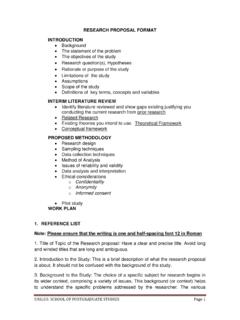
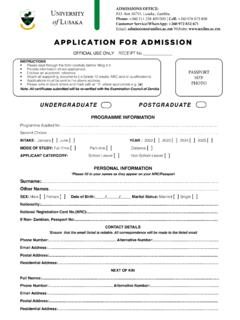
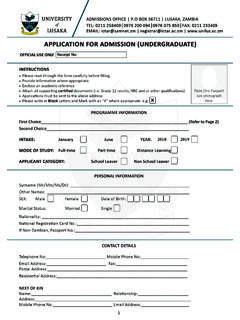
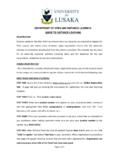
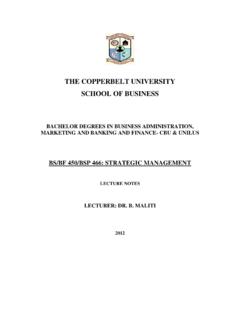
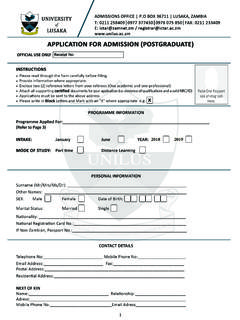
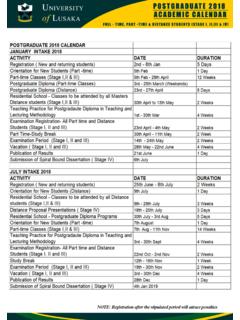



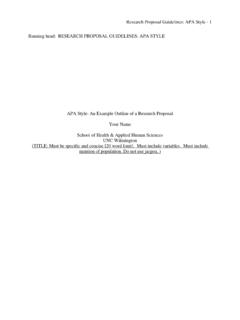
![Research Proposal Comment [A1]: Technical …](/cache/preview/d/5/3/7/9/1/c/7/thumb-d53791c76379b1d822574f4c80f435e8.jpg)
